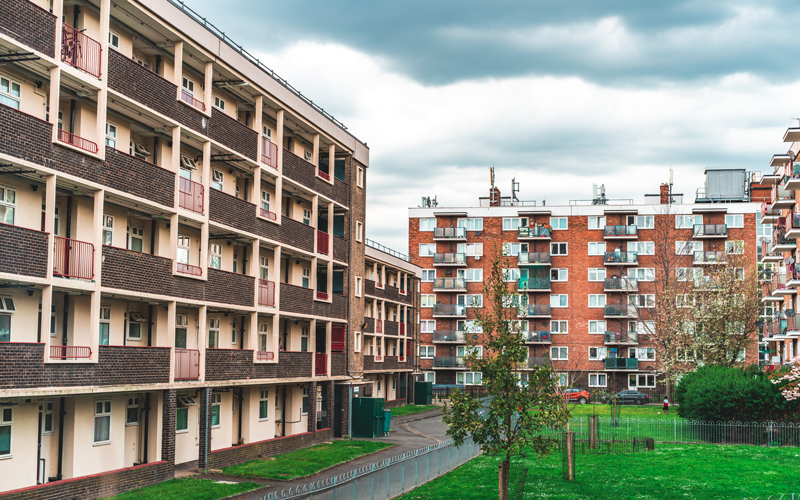
According to the latest data from the Ministry of Housing, Communities and Local Government, 151,630 dependent children were living in temporary accommodation at the end of March, up 15% on last year and the highest figure on record since the measure was introduced 20 years ago.
In total, 117,450 households were in temporary housing, an increase of 12.3% on 12 months ago.
Secretary of state for housing, communities and local government Angela Rayner said the figures were “nothing short of a national scandal”.
“We are facing the most acute housing crisis in living memory and homelessness remains at record levels,” she said.
“Urgent action must be taken to fix this.
“That’s why we are working across Government and with local leaders to develop a long-term strategy to end homelessness for good.”
Work was already under way to prevent people from becoming homelessness in the first place, she said.
“This includes delivering the biggest increase in social and affordable homebuilding in a generation, abolishing Section 21 ‘no fault’ evictions and a multimillion-pound package to provide homes for families most at risk of homelessness.”
Last month, the National Audit Office warned that councils were being put under unsustainable financial pressure by their duty to tackle homelessness, with some reporting that the demand for temporary accommodation was pushing them towards collapse.
Local authority spending on homelessness services has more than doubled since 2010-11 to £2.44bn, with councils spending over £1.6bn on temporary accommodation alone, the watchdog said.
Claire Holland, housing spokesperson for the Local Government Association, said councils wanted to “turn the tide” of rising homelessness, but cross-departmental Government action on the issue was urgently needed.
“The shortage of affordable housing means that more and more people are having to turn to their local council for support and these figures worryingly show councils are supporting another record-high number of households living in temporary accommodation,” she said.
“The temporary accommodation subsidy gap, currently stuck at 2011 levels, needs to be urgently addressed as this is driving ever higher-spend on temporary accommodation and limiting the resources available for homelessness prevention.”
The Government’s ban on ‘no-fault’ evictions, which were driving rising homelessness rates, also needed to be brought forward as quickly as possible, she said.
“A genuine cross-departmental approach to tackling this crisis, as part of a long-term government strategy, is key with councils given the powers and resources needed to address the national shortage of affordable housing,” said Holland.
The Joseph Rowntree Foundation also called for Government departments to work together in the light of the figures to tackle homelessness.
“Not having a safe and secure home is damaging to people’s health and wellbeing, limiting their options and opportunities,” it said.
Rising homelessness also impacted public services, with teachers and GPs spending more of their time and resources responding to the consequences of hardship.
“These stats show how important it is that the Government fulfils its manifesto promise for a cross-government strategy to end homelessness,” the foundation said.



















